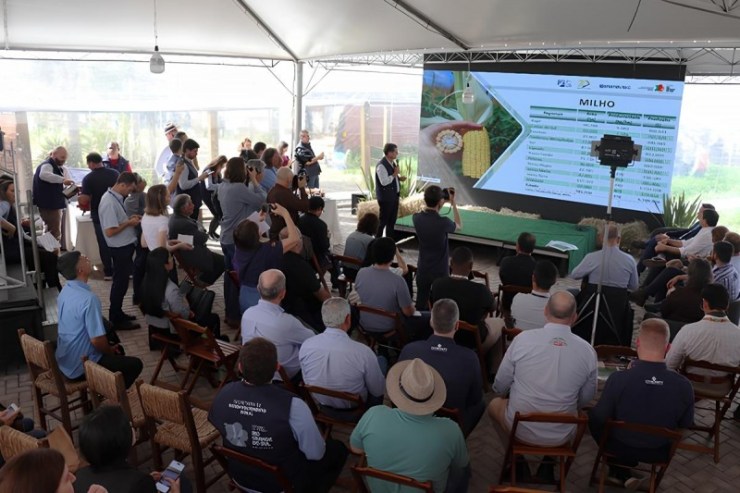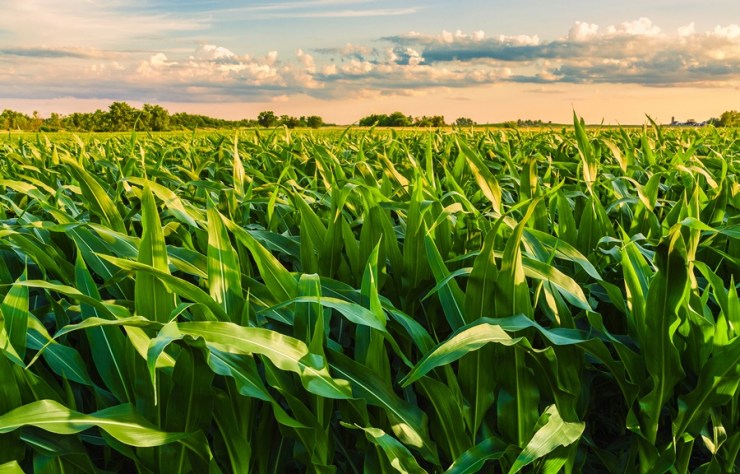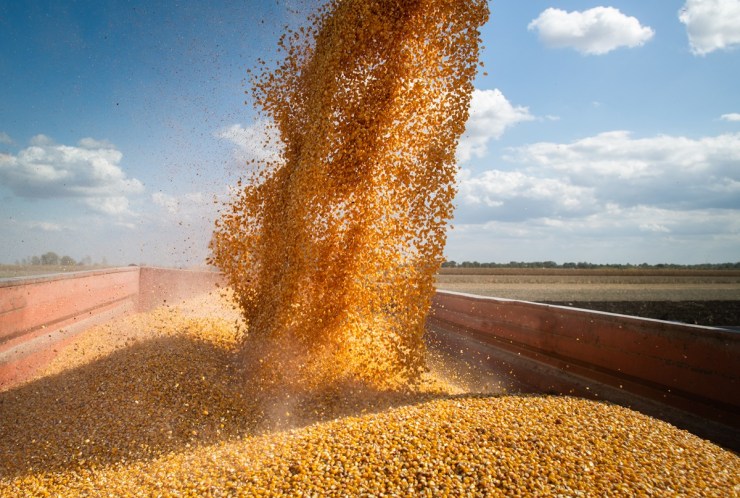Global demand for biofuels is expected to increase by 19% compared to 2024 and, under net-zero emissions scenarios by 2050, could grow significantly, driven by decarbonization targets for the transportation sector. Similarly, food demand is expected to increase by 13% by 2032, mainly due to population growth in African and Asian territories.

Photo: Disclosure/Embrapa
With the growth of biofuel production, several studies have been published highlighting problems related to competition with food production. However, in the Brazilian context, the combination of technologies, such as the succession system, enables synergies between biofuels and food security, challenging the simplistic idea of competition for land use. Most of the studies carried out to date evaluate generic types of biofuels at a global level, disregarding regional specificities and particular production chains.
The entry of the second-crop corn ethanol industry into Brazil has had a positive impact on the income, consumption, and well-being of the poorest families in the Central-West region, providing better access to food. This was one of the results of the study published by Gurgel et al. (2024), explained by local development, economic growth, and the creation of new jobs. Despite the increase in demand for corn for ethanol production – tenfold in six years – consumption represented only 12% of total production in the 2023/24 harvest. In addition, there was no reduction in the amount destined for human and animal consumption, nor a significant increase in the price of corn in the local market, which follows the price trend in the international market.
Corn production and price
Total production in Brazil, intended use for ethanol in Brazil and corn prices in Mato Grosso and on the international market (2017-2024)

Source: Prepared by the authors based on data from Conab (2024a; 2025b), IMEA (2024) and World Bank (2024).
Brazil, as one of the world’s largest producers and exporters of agricultural commodities, has a strong contribution to the global supply of biofuels and food, ensuring this expansion based on sustainable techniques. The implementation of “land-saving” techniques makes it possible to maximize biofuel production without the need to expand new agricultural areas or compete with food production. It is estimated that the potential for expanding second-crop corn cultivation in already consolidated and suitable soybean areas is 16.6 million hectares (Mha), with a production capacity of an additional 38 billion liters of ethanol per year.

Photo: Guilherme Viana
Linked to this production is also the generation of Dried Distillers Grains (DDG), intended for animal feed, which replaces part of the grains previously used for this purpose. With the entry of DDG into the market and greater supply of feed, there is a reduction in the demand for soybeans and corn used in animal feed and, consequently, a decrease in the price of animal feed, in addition to the reduced need for land for the production of these grains. Additionally, DDG is a high-value source of protein, which allows greater efficiency in the fattening time of the herd, contributing to the intensification of livestock farming.
Recent studies estimate that there are between 28 and 36 Mha of pasture areas in Brazil with different levels of degradation, suitable for agricultural conversion. Another important point that deserves to be mentioned is the productivity gain of the main energy crops. In the 2023/24 harvest, second-crop corn, combined with soybeans, resulted in a production of 10 tons per hectare, that is, 218% more than an area exclusively dedicated to soybeans. With this, the soybean-corn system increases grain production in the same area and optimizes land use.
The production of ethanol from second-crop corn is capable of providing energy, food and animal nutrition, in addition to contributing to tackling climate change and reducing CO emissions.2, supporting food and energy security.





